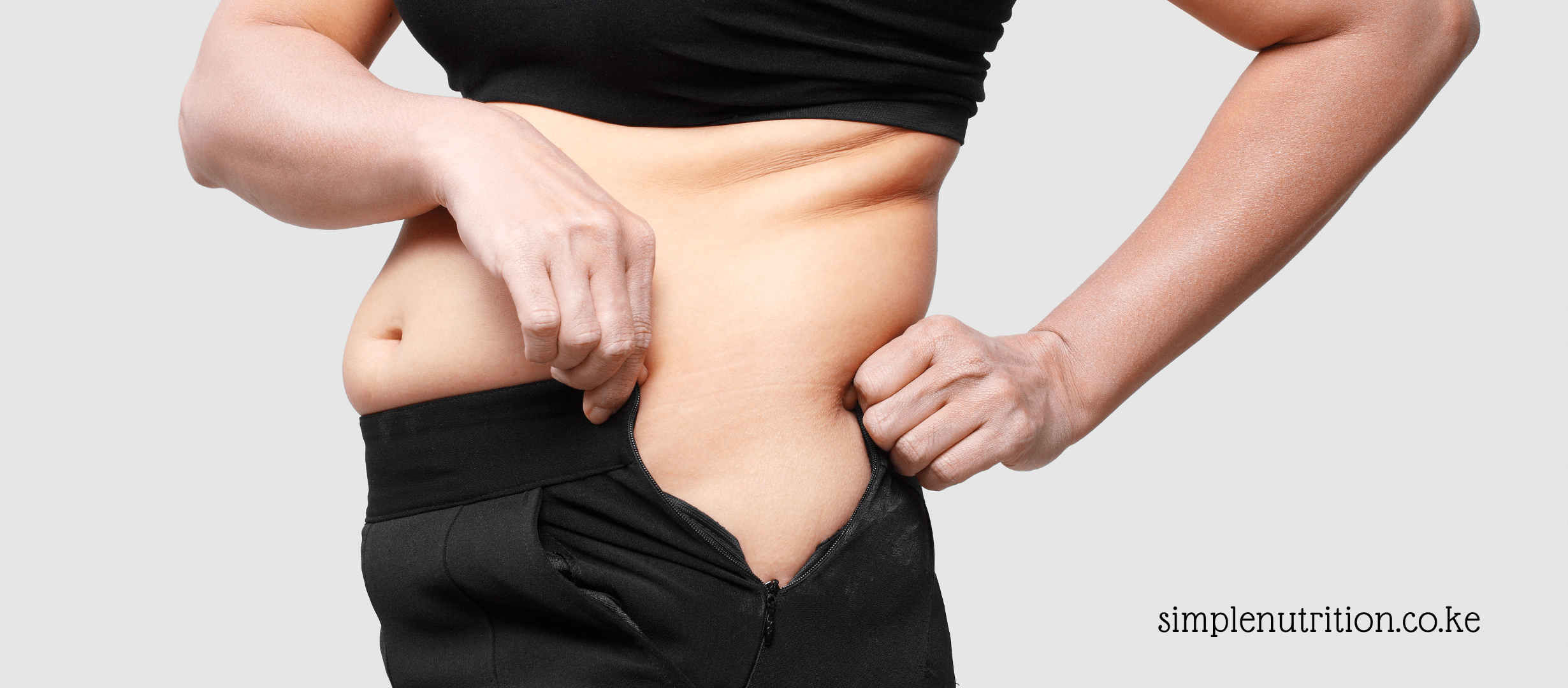Weight loss can indeed play a significant role in reversing type 2 diabetes, especially in cases where excess weight is a contributing factor to the condition. When someone is overweight or obese, their body may struggle to properly regulate blood sugar levels, leading to insulin resistance and eventually type 2 diabetes.
What is diabetes?
Diabetes is a chronic condition that often leads to high blood glucose readings. It happens when your body produces little or no insulin at all. Insulin is a hormone that works to remove glucose from the bloodstream and get them to your cells and muscles.
What is Type 2 diabetes?
When the pancreas is unable to produce sufficient amounts of insulin, a lot of glucose gets stuck in the bloodstream. This is what in most cases leads to high blood sugar levels, in other words,, hyperglycemia. When the blood glucose levels remain high after days and days of monitoring it may then lead to a type 2 diabetes diagnosis.
What are the signs of type 2 diabetes?
The signs and symptoms of diabetes are very many and different. The most common ones are;
- Frequently Urinating(happens because there’s too much blood sugar, and the kidneys are working hard to flush most of it out through urine)
- Hunger (Frequent hunger because basically, there’s no glucose getting into your cells and muscles, and your body feels like you haven’t eaten)
- Thirst (Frequent thirst, because the high blood glucose levels cause dehydration, hence the feeling of thirst)
How can you reverse diabetes?
Reversing diabetes can be achieved by using any means possible to keep your blood sugar levels at a normal range. When you can successfully get to a point when your blood glucose levels remain normal even without medications, you will have achieved reversing diabetes. Weight loss is the first step to take in order to achieve reversing diabetes. Here’s how weight loss can help reverse diabetes:
- Improved Insulin Sensitivity: Losing weight can increase the body’s sensitivity to insulin, allowing it to more effectively regulate blood sugar levels.
- Reduced Fat Accumulation: Excess fat, particularly around the abdomen, can release substances that interfere with insulin’s action. Losing weight reduces fat accumulation and decreases the production of these substances.
- Healthy Lifestyle Changes: Adopting a healthier lifestyle often accompanies efforts to lose weight. This includes regular physical activity and a balanced diet, both of which can contribute to better blood sugar control.
- Potential Medication Reduction: In many cases, as weight decreases and blood sugar levels improve, individuals may require less medication to manage their diabetes. Some may even be able to eliminate the need for medication entirely.
- Prevention of Complications: Reversing diabetes through weight loss can significantly reduce the risk of long-term complications associated with the condition, such as cardiovascular disease, nerve damage, and kidney disease.
What to do to achieve weight loss and reverse diabetes.
- Portion Control: Paying attention to portion sizes helps control calorie intake, which is crucial for weight management. Using smaller plates, measuring serving sizes, and being mindful of portion distortion can all help in this regard.
- Limiting Sugary Foods: Cutting out sugary snacks and drinks can significantly reduce empty calorie intake and help stabilize blood sugar levels. Opting for whole fruits instead of sugary snacks can satisfy sweet cravings while providing essential nutrients and fiber.
- Quitting Alcohol and Tobacco: Alcohol can contribute to weight gain and disrupt blood sugar control, so minimizing or avoiding it altogether is advisable. Similarly, quitting smoking is important for overall health, including reducing the risk of complications related to diabetes.
- High-Fiber Foods: Foods rich in fiber, such as vegetables, fruits, legumes, and whole grains, are beneficial for diabetes management. They help regulate blood sugar levels, improve satiety, and support digestive health.
- Low-Carbohydrate Diet: Some people find that reducing their carbohydrate intake, particularly refined carbohydrates like white bread and sugary cereals, can help improve blood sugar control and facilitate weight loss. Focusing on whole, unprocessed foods and incorporating healthy fats and proteins can make up for the reduced carbohydrate intake.
- Hydration: Drinking plenty of water is essential for overall health and can aid in weight loss by promoting feelings of fullness and preventing overeating. Additionally, staying hydrated supports kidney function, which is important for individuals with diabetes.
How to do portion control for weight loss.
There are two easy methods for portion control;
The plate model is a simple and effective tool for portion control and balanced eating. Dividing your plate into sections helps ensure that you’re getting a good balance of nutrients with each meal. Here’s how the plate model works:
- Half the Plate for Vegetables: Fill half of your plate with non-starchy vegetables like leafy greens, broccoli, cauliflower, peppers, carrots, and tomatoes. These foods are low in calories and carbohydrates but high in fiber, vitamins, and minerals.
- Quarter of the Plate for Protein: Allocate one-quarter of your plate to lean protein sources such as chicken, turkey, fish, tofu, legumes, or lean cuts of beef or pork. Protein is essential for building and repairing tissues and helps keep you feeling full and satisfied.
- Quarter of the Plate for Carbohydrates: The remaining quarter of your plate is reserved for carbohydrates, ideally focusing on whole grains, such as brown rice, quinoa, barley, or whole wheat pasta, and starchy vegetables like sweet potatoes or corn. These carbohydrates provide energy and fiber but should be consumed in moderation, especially for those with diabetes. Using the plate model can help control portion sizes and ensure a balanced intake of nutrients without the need for meticulous measuring or counting calories.
- Additionally, the hand-size portion guide is another practical tool for estimating appropriate portion sizes:
- Protein: A serving of protein (like chicken, fish, or tofu) should be roughly the size of your palm.
- Carbohydrates: A serving of carbohydrates (like rice, pasta, or potatoes) should be about the size of your clenched fist.
- Vegetables: Aim for at least two handfuls of non-starchy vegetables with each meal.
How can exercise help with weight loss and diabetes reversal?
Incorporating regular exercise into a weight loss regimen is crucial for improving insulin sensitivity, managing blood glucose levels, and achieving overall health and wellness. A schedule that includes 30-minute exercise sessions five times a week is a great starting point.
When Will the signs of diabetes go away?
One way to know you are achieving good control of your blood sugar levels is when the symptoms start to go away. Management of diabetes symptoms will often be possible when you start and maintain a healthy diet, with diabetes modifications.
When the symptoms of diabetes go away, you can be able to live comfortably. When the sugars remain normal over a long period, without medications, you will have achieved reversing Type 2 diabetes.
Lifestyle modifications, weight loss, and exercise can help in achieving the reversal of type 2 diabetes.
You can totally prevent pre-diabetes from becoming type 2 diabetes, just by simply choosing a healthy diet at all times.
Is a low carbohydrate diet good for diabetes?
Adopting a low-carbohydrate diet can be highly effective in achieving weight loss and reversing type 2 diabetes. Carbohydrates have a significant impact on blood sugar levels, so moderating their intake is crucial for controlling glucose levels and improving insulin sensitivity.
Here’s how focusing on a low-carbohydrate diet can contribute to diabetes reversal:
- Blood Glucose Control: By reducing carbohydrate intake, particularly simple carbohydrates that quickly spike blood sugar levels, individuals can better manage their glucose levels throughout the day. This helps prevent sharp fluctuations in blood sugar and reduces the need for insulin or other medications.
- Weight Loss: Limiting carbohydrates often leads to reduced calorie intake, which can facilitate weight loss. When the body’s energy needs are met primarily through fat and protein rather than carbohydrates, it can tap into stored fat reserves for fuel, resulting in weight loss over time.
- Improved Insulin Sensitivity: Lowering carbohydrate intake can enhance insulin sensitivity, allowing the body to more effectively utilize insulin to transport glucose from the bloodstream into cells for energy. This reduces insulin resistance and helps maintain stable blood sugar levels.
Important to Note;
- Portion Control and Food Choices: Learning how to portion control and choose complex carbohydrates over simple carbohydrates is key to achieving a low-carbohydrate diet. Complex carbohydrates, such as whole grains, legumes, and vegetables, provide sustained energy and promote feelings of fullness, reducing the likelihood of overeating and unnecessary snacking.
- Focus on Whole Foods: Emphasizing whole, unprocessed foods is essential for a low-carbohydrate diet. Whole grains, nuts, seeds, fruits, and vegetables provide essential nutrients, fiber, and antioxidants while minimizing added sugars, sodium, and refined carbohydrates found in processed foods.
By prioritizing a low-carbohydrate diet, individuals with type 2 diabetes can take significant steps toward achieving weight loss, improving blood sugar control, and ultimately reversing the condition. It’s important to work with healthcare professionals to tailor dietary recommendations to individual needs and monitor progress over time.
After reversing type 2 diabetes, what next?
Maintaining your blood sugar level at normal ranges, without medications is what many of us desire. But after achieving the reversal of type 2 diabetes, how will you maintain it? You do not want all the efforts you made to go down the drain.
What you will need to do is;
- Maintain a healthy diet.
- Exercise often at least 30 minutes, 5 times a day.
- Drink lots of water.
- Continue with portion control.
- Get your blood glucose levels checked often.
It’s important to note that while weight loss can be highly beneficial, it’s not a guaranteed cure for diabetes for everyone. Genetic factors, lifestyle choices, and other medical conditions can also influence the progression and management of diabetes. Therefore, it’s crucial for individuals to work closely with healthcare professionals to develop a personalized plan for weight loss and diabetes management.
Discover more from Simple Nutrition
Subscribe to get the latest posts sent to your email.






